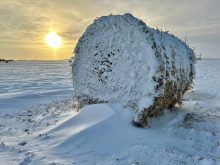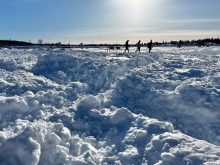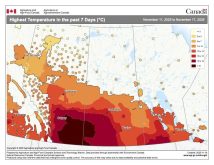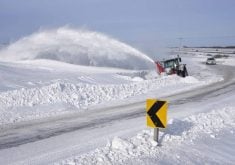Let’s talk about wind chill. I discuss this topic nearly every year and while I am sure most of you understand it, I still hear people incorrectly discussing it and I get plenty of questions.
When we talk about apparent temperature, or what it feels like, we take into account water vapour in the air, wind speed and the actual air temperature. In the winter, we call this measurement wind chill.
The explorer Paul Siple first introduced the idea of a wind chill factor in 1939. It indicates the enhanced rate at which the body will lose heat to the air.
Read Also
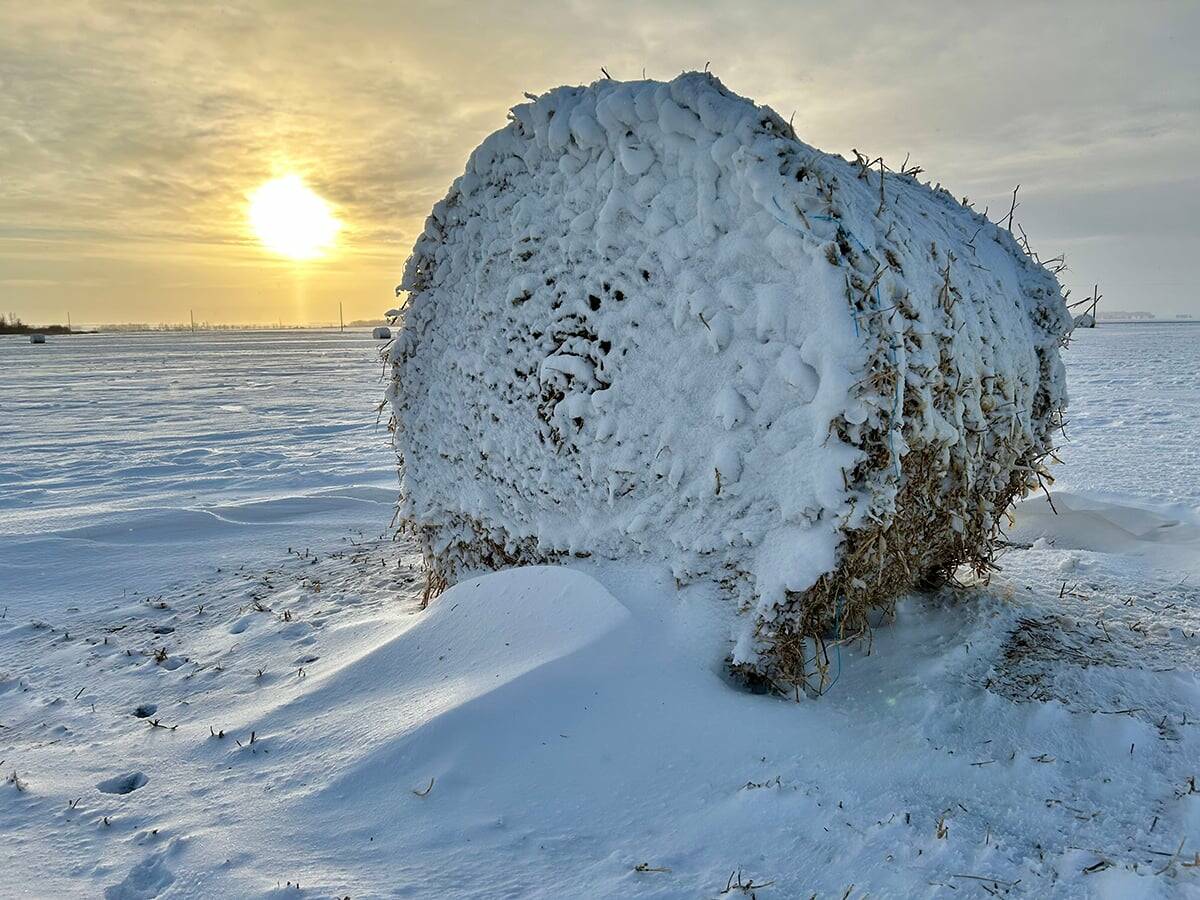
What is perfect Christmas weather?
What is ‘perfect’ Christmas weather on the Prairies? Here’s where you should head this holiday, according to historical weather data.
Our bodies help keep us warm in winter by trapping a thin layer of air near the surface of our skin. When it is windy, this thin layer is taken away and additional heat from our bodies is released to try and recreate this layer. The higher the wind speed, the faster the warm air is pulled away from our bodies.
In addition to this, moisture from our bodies evaporates, which uses up even more heat. In about 1970, a formula was developed to calculate the rate of heat lost, and in 2001 the wind chill formula was revised into what we see and hear about today.
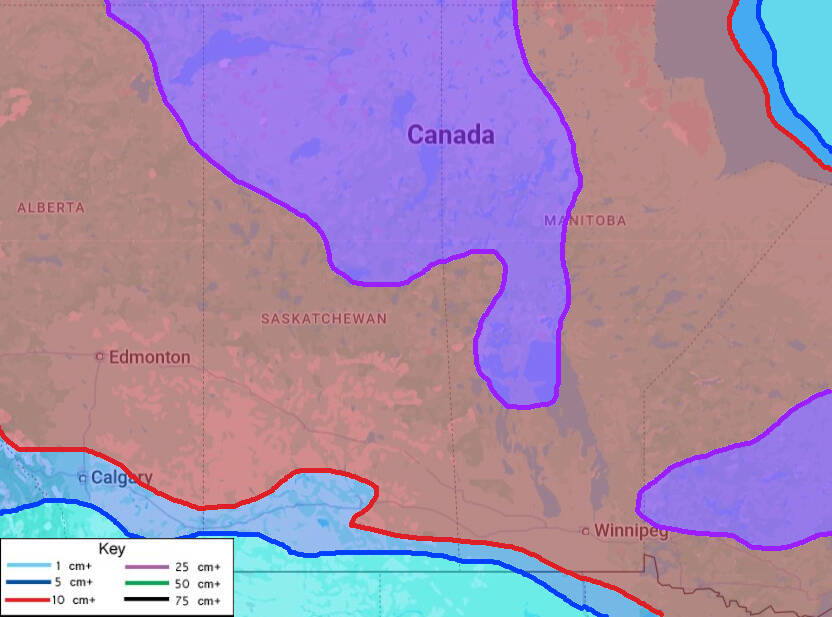
However, a wind chill calculation can’t account for a person’s physical activity, the sun’s intensity and the protective clothing being worn. All these things can decrease the cooling effect, and this is where the problem seems to arise.
But I mostly have an issue with the way the media uses and reports wind chill. They often don’t understand how wind chill works and tend to apply wind chill to inanimate objects like vehicles. It doesn’t work that way. Objects can only get as cold as the air temperature.
If the wind chill indicates that it feels like it is -52 C but the air temperature is -30 C, then the coldest an object can get is -30 C, and this includes people.
What the -52 C means is that you will lose heat from exposed areas at a rate equivalent to an air temperature that is -52 C, but once you hit -30 C, you can’t get any colder. So, you or your car might cool off more quickly, but won’t drop below the actual air temperature.
Holiday wish list
Now let’s look at some weather gift ideas. I am a little late for this but maybe you can take advantage of after-Christmas deals. I’ll concentrate on a few weather stations available on Amazon.
Weather stations come in several different varieties. You can start with a basic backyard station that reports temperature, humidity and barometric pressure to a console or display that sits in your house. This type is easily found at Canadian Tire and other retailers.
You can up your game a bit and get a station that also does wind and rainfall. The next step is to get a station that reports all these measurements and is able to connect to the internet, which will allow you to access your data from anywhere.
I am an avid proponent of Davis weather stations, but when my last Davis station wore out, I replaced it with an Ambient station because of cost. I got a very good station for around $700, which included extra sensors like soil moisture and soil temperature. This compares to the equivalent Davis station that now costs well north of $1,500 for the same type of setup.
Not too long after getting that Ambient station, I noticed on Amazon a station under the brand name of Ecowitt that looked like nearly the same thing. This led me to conclude that Ecowitt, or some other parent company, was making the Ambient weather stations.
If you search Amazon for weather stations, you will find many different brands and I have no way of knowing how good or bad they are, but I feel fairly confident in commenting on the Ecowitt stations.
The Ecowitt HP2553 Wi-Fi weather station looks exactly like the one I have from Ambient. It comes with a nice colour indoor display, ultrasonic anemometer (wind speed and direction), self-emptying rain gauge, as well as outdoor and indoor temperature and humidity.
As the name implies, it can connect to wi-fi and upload data to Ecowitt’s hosting site, which will allow you to view your data from anywhere. All this for the price of $399.99 with free shipping if you have Prime. You can also get additional sensors. You can even get a lightning detector for $62.
The Ecowitt HP2551 Wi-Fi weather station has the same features as the previous station, but instead of the ultrasonic anemometer, it uses the good old-fashioned wind cups and wind vane. This station also has a UV detector. Price on this one is $299.99. If you look on Amazon, you will see a few other Ecowitt weather stations with slightly different price points.
One interesting station Ecowitt offers is the Ecowitt Wittboy. It measures all the usual things, plus UV, but for rainfall it uses a haptic rain sensor that works by detecting the vibrations of rain hitting it. They are supposed to be quite accurate, but I have never used one to verify this.
This station does not have an indoor display. Instead, a hub collects data and sends it to the Ecowitt servers, allowing you to access data online from phone or computer. At first this might seem strange, but I admit I rarely look at my display anymore. Cost of this station is $249.99.
If you do get an Ecowitt station, let me know what you think.




